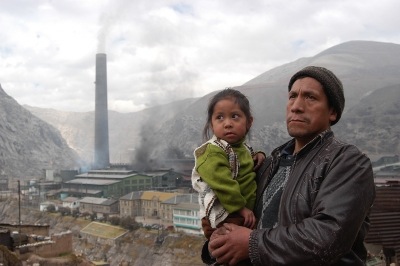Community dealing with health effects after mercury was dumped into river 40 years ago
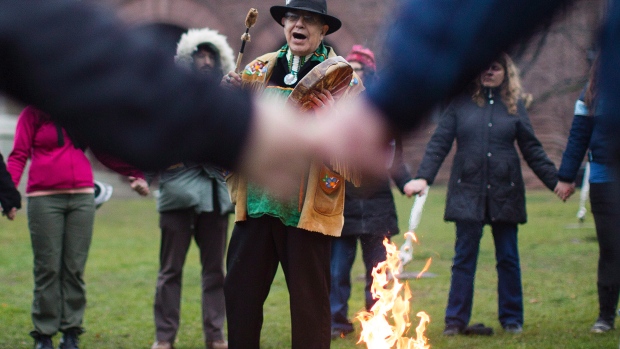
By Leanne Betasamosake Simpson, reposted from CBC News, July 31, 2014
The people of Grassy Narrows First Nation have been coping with and resisting the violence of ongoing dispossession in their homeland for the last 100 years or more.
Like other indigenous communities in Canada, they have survived their children being taken away from them in the residential school system. They have maintained their community through successive versions of the Indian Act, which at times restricted their movements on and off the reserve, removed women from political processes, and made it illegal for them to hire lawyers or organize politically.
They have maintained their families despite being corralled into the reserve system and relocated to facilitate flooding for hydroelectric development.
Then for eight years in the late 1960s and early 1970s, a paper mill in Dryden, Ont., dumped 20,000 pounds of mercury into the English-Wabigoon River, the lifeblood of local Anishinaabe people.
The impacts of this contamination are still being felt in the bodies, hearts and minds of the people of Asubpeeschoseewagong (Grassy Narrows),Wabaseemoong (Whitedog) and Wabauskang First Nations.
Forty years later, the mercury is not out of the ecosystem and it is still causing severe health impacts on the land and in the bodies of the people.
Unfortunately, this is not the only poison these communities are facing. Their territory is regularly sprayed with pesticides for new tree plantations after deforestation. Their rivers are still being polluted with pulp mill effluent, and their trap lines, hunting grounds and ceremonial spots are also being clear-cut.
People of Grassy Narrows are not victims
Members of Grassy Narrows have conducted their own scientific studies documenting heavy metals, dioxins and furans and organochlorines in their fish and wild meat. They have undertaken several health surveys. They have participated in every conceivable provincial and federal process to address these issues.
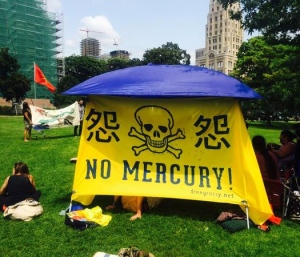
They have presented at the United Nations Permanent Forum on indigenous Issues. They have protested and developed long-term relationships with allies and activists all over the world. They have hosted world-renowned medical doctors and scientists specializing in mercury poisoning, as well as a variety of academics, activists and allies at countless community gatherings.
Grassy Narrows First Nation has organized and maintained the longest-running logging blockade in Canadian history. They have fought the dismissal of their treaties rights in court. They have done endless media interviews, workshops and educational campaigns designed to educate Canadians about these injustices.
They have sung, danced, created art, taught their children their language, breast-fed, done their ceremonies, fished, hunted, trapped and picked medicines, anyway.
Treaty ‘not a bill of sale’
Grassy Narrows has been fighting to hang onto what it means to be Anishinaabeg now for more than 100 years.
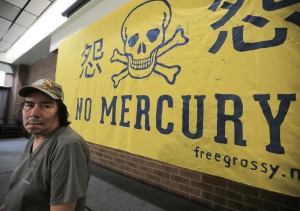
All the while, Ontario and Canada continue to enact policy designed to remove Anishinaabe people from the land so they can hyper-develop natural resources.
All the while, Ontario facilitates the clear-cutting of their territory without their permission or consent, and the poisoning of their waterways without their permission or consent — attacking not just their ability to feed themselves, but their ability to live as a people.
Grassy Narrows has the right to say no to development, and Canada and Ontario have the responsibility to hear and respect that no.
Grassy Narrows has the right and the responsibility to live as Anishinaabeg people — hunting, fishing, trapping, collecting medicines, picking berries, conducting ceremonies, singing, dancing, telling stories, teaching their children and loving each other and their homeland.
Their ancestors signed Treaty 3 to ensure that their coming generations would be able to live as Anishinaabeg in their homeland. Their ancestors were brilliant diplomats. It took four years to negotiate this treaty because of the strength and commitment of those Anishinaabeg negotiators.
They intended to protect their self-determination as a nation. They intended to share some of their lands with Canada and to accommodate Canadian interests, and they intended to protect others so their people could live out unharassed and undeterred in their homeland.
‘Canada simply cannot set aside Anishinaabeg political traditions and our understandings of the treaty because it’s convenient, they have the power to do so, and they want the land.’- Leanne Betasamosake Simpson
They intended to forge a political relationship, a mutually benefiting reciprocal and proportional relationship based on respect.
Contrary to the position of Ontario and Canada, and now the Supreme Court of Canada, treaties are not a bill of sale. Treaty 3 lands are not ceded.
Canada simply cannot set aside Anishinaabeg political traditions and our understandings of the treaty because it’s convenient, they have the power to do so, and they want the land. That is not fair or honourable and it serves only to perpetuate a dysfunctional relationship between Canadians and indigenous peoples into the next generation.
The Anishinaabeg way of life that Grassy Narrows has been fighting so hard to protect has never been a threat to Canada. This beautiful and powerful way of being in the world is a gift, and a key to our sustainable future.
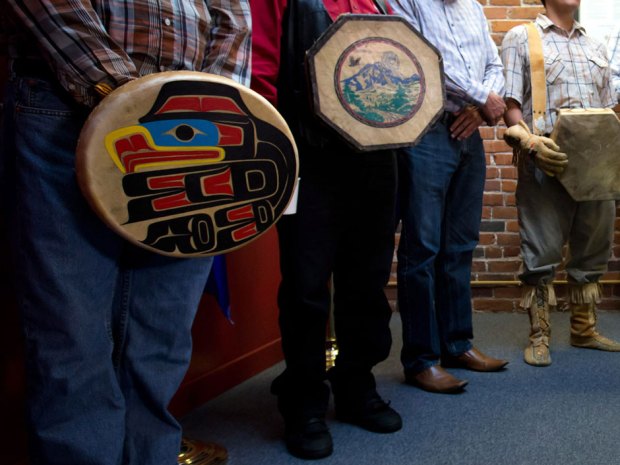

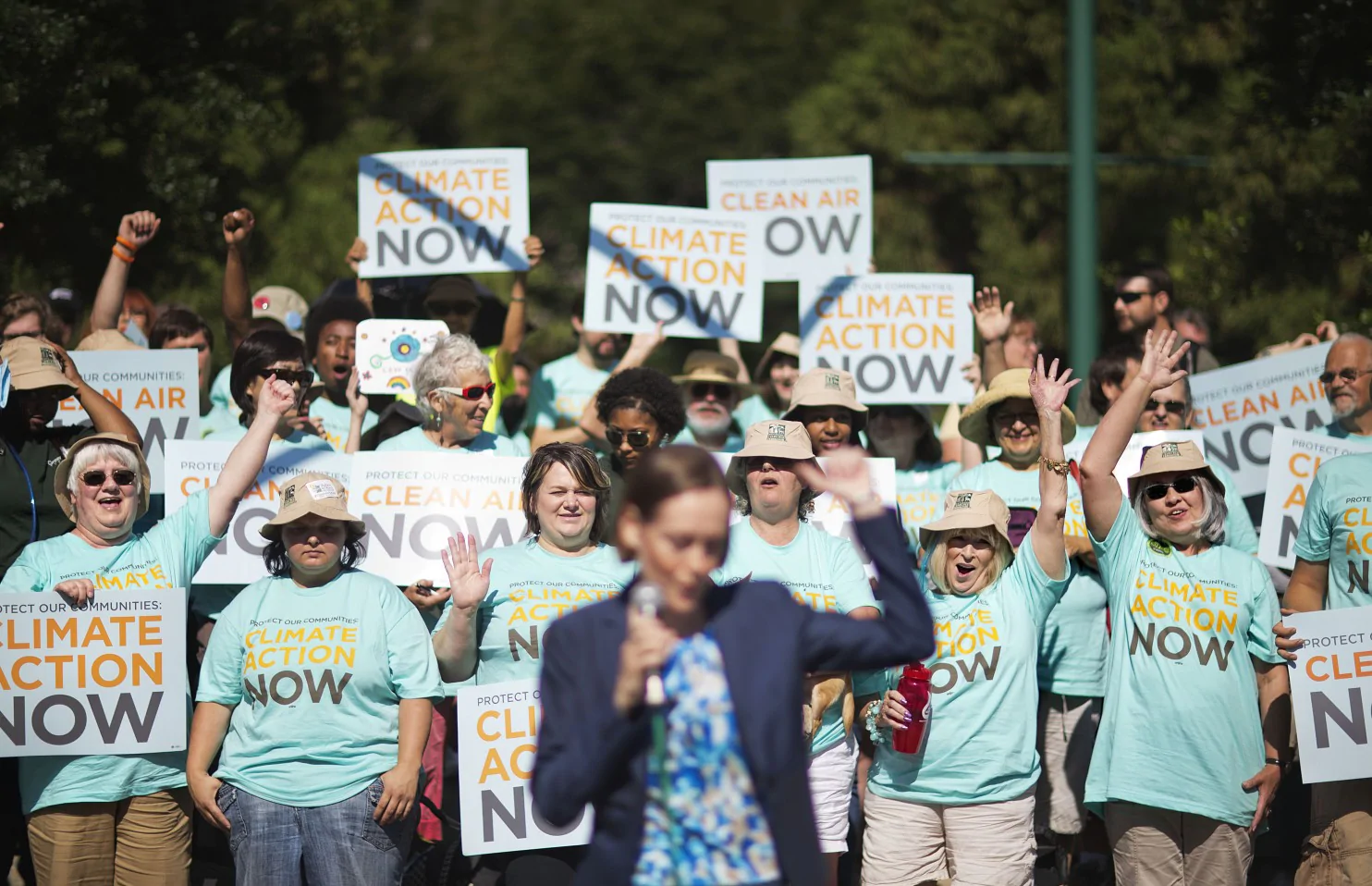
 On July 25, 2014, we posted James Hansen’s article,
On July 25, 2014, we posted James Hansen’s article, 